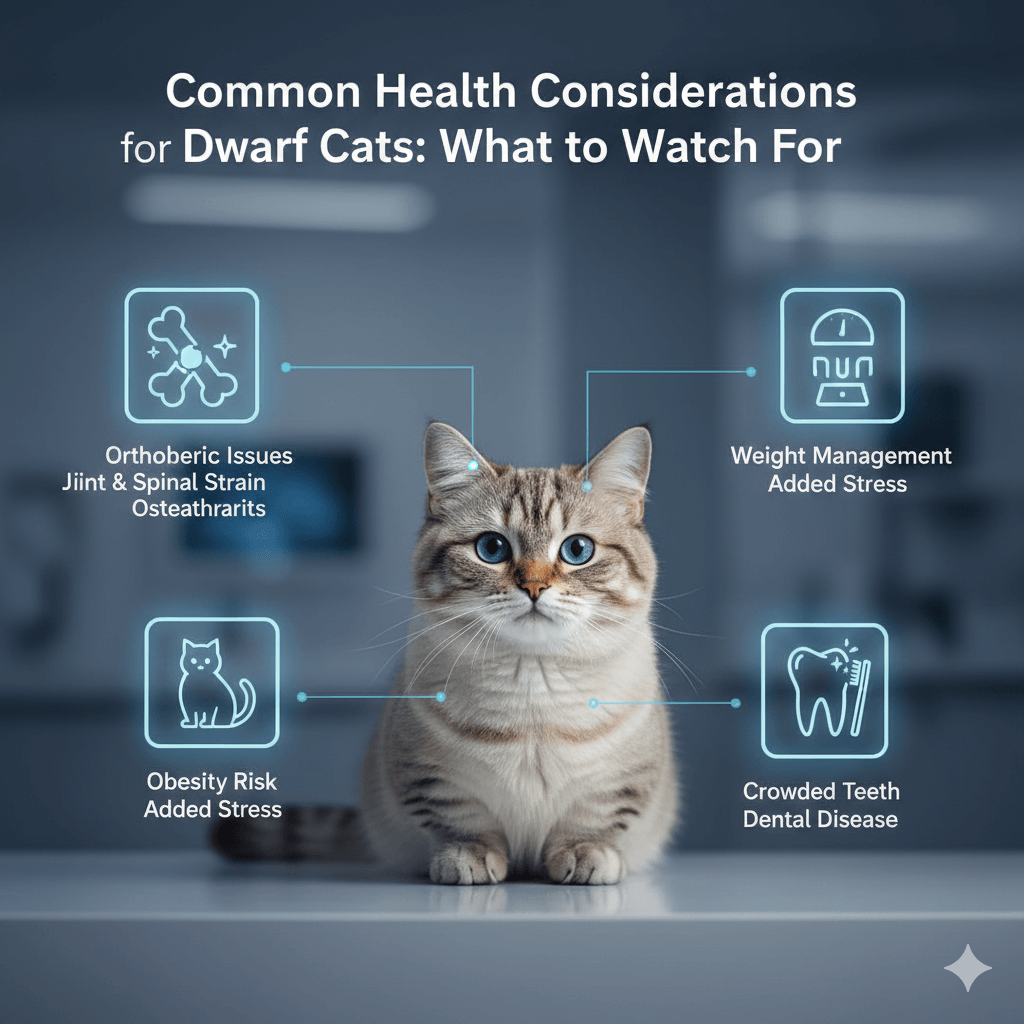Understanding Pulmonic Stenosis in Dogs: A Guide for Pet Owners
Pulmonic stenosis is a congenital heart condition that affects many dogs, causing a narrowing of the pulmonary valve or the area just below it. This narrowing restricts blood flow from the heart to the lungs, leading to various health complications if left untreated. While this condition may sound intimidating, understanding its causes, symptoms, and treatment options can help pet owners ensure their furry companions lead happy, healthy lives. In this blog post, we’ll explore everything you need to know about pulmonic stenosis in dogs, from its diagnosis to management strategies.
What Is Pulmonic Stenosis? A Closer Look
Pulmonic stenosis is a heart condition that occurs when the pulmonary valve or the surrounding area is abnormally narrow. This narrowing prevents the heart from pumping blood efficiently to the lungs, where it picks up oxygen. Below are some key points to help you better understand this condition:
Congenital Nature : Pulmonic stenosis is present at birth and is often caused by developmental abnormalities in the heart.
Common Breeds Affected : Certain breeds, such as Bulldogs, Boxers, and Beagles, are more predisposed to this condition due to genetic factors.
Severity Levels : The condition can range from mild to severe, with symptoms varying depending on the degree of narrowing.
Impact on Blood Flow : The restricted blood flow forces the heart to work harder, potentially leading to heart failure over time.
Diagnosis Importance : Early detection through veterinary exams can significantly improve a dog’s prognosis.
Understanding these basics is crucial for recognizing the signs of pulmonic stenosis and seeking timely veterinary care.
Symptoms of Pulmonic Stenosis in Dogs
Identifying the symptoms of pulmonic stenosis early can make a significant difference in your dog’s quality of life. While some dogs may show no visible signs, others may exhibit noticeable symptoms. Here’s what to look out for:
Exercise Intolerance : Dogs with pulmonic stenosis may tire quickly during physical activities like walking or playing.
Fainting Spells : Episodes of fainting, especially after exercise, can indicate poor oxygen supply to the brain.
Abnormal Heart Sounds : A veterinarian may detect a heart murmur during routine check-ups.
Swollen Abdomen : Fluid buildup in the abdomen, known as ascites, can occur in advanced cases.
Cyanosis : Bluish gums or tongue may appear due to low oxygen levels in the blood.
If you notice any of these symptoms, it’s essential to consult a veterinarian promptly for a thorough evaluation.
Check this guide 👉Understanding Petechiae in Dogs: Best 7 Health Tips!
Check this guide 👉Understanding Peritonitis in Dogs: Best 7 Expert Tips!
Check this guide 👉Understanding Hyposthenuria in Dogs: Best 7 Expert Tips!

Signs to Watch For | Potential Complications |
|---|---|
Exercise intolerance | Heart failure |
Fainting spells | Reduced oxygen supply to vital organs |
Heart murmur | Ascites (fluid buildup) |
Swollen abdomen | Increased risk of sudden collapse |
Bluish gums or tongue | Long-term respiratory issues |
Treatment Options for Pulmonic Stenosis
While pulmonic stenosis cannot be cured, there are several treatment options available to manage the condition and improve your dog’s quality of life. Below are some common approaches:
Medications : Drugs like beta-blockers may be prescribed to reduce the heart’s workload and improve blood flow.
Balloon Valvuloplasty : This minimally invasive procedure involves inserting a balloon catheter to widen the narrowed valve.
Surgical Intervention : In severe cases, surgery may be necessary to correct the structural abnormality.
Regular Monitoring : Routine vet visits are essential to track the progression of the condition.
Lifestyle Adjustments : Limiting strenuous exercise and maintaining a healthy weight can help manage symptoms.
With proper care and treatment, many dogs with pulmonic stenosis can live comfortably for years.
Preventive Measures and Management Tips
Although pulmonic stenosis is a congenital condition and cannot be prevented, there are steps you can take to manage it effectively. Here are some practical tips:
Routine Vet Check-Ups : Regular examinations can help detect issues early and prevent complications.
Balanced Diet : Feeding your dog a nutritious diet supports overall heart health.
Avoid Overexertion : Limit activities that strain the heart, especially in dogs with moderate to severe cases.
Monitor Symptoms : Keep an eye on changes in behavior or physical condition and report them to your vet.
Educate Yourself : Learning about the condition empowers you to make informed decisions about your dog’s care.
By staying proactive, you can ensure your dog remains as healthy and comfortable as possible.
Understanding the Role of Genetics
Pulmonic stenosis is often linked to genetic factors, making it crucial for breeders and pet owners to understand its hereditary nature. By recognizing the role genetics plays, we can take steps to reduce the incidence of this condition in future generations. Here are some important points to consider:
Hereditary Transmission : Pulmonic stenosis is passed down through specific genetic mutations, which are more prevalent in certain breeds.
Breed-Specific Risks : Breeds like Bulldogs, Boxers, and Terriers have a higher predisposition due to their genetic makeup.
Responsible Breeding Practices : Selective breeding can help minimize the risk of passing on congenital heart defects.
Genetic Testing : Advances in veterinary science now allow for genetic screening to identify carriers of the condition.
Awareness Among Breeders : Educating breeders about the risks can lead to healthier breeding programs.
Understanding the genetic basis of pulmonic stenosis is essential for reducing its prevalence and ensuring healthier canine populations.
The Emotional Impact on Pet Owners
A diagnosis of pulmonic stenosis doesn’t just affect the dog—it also has an emotional impact on pet owners. Navigating this condition requires patience, resilience, and a strong support system. Below are some ways this condition may influence your emotional well-being:
Initial Shock : Hearing the diagnosis can be overwhelming and may lead to feelings of fear or sadness.
Financial Concerns : The cost of treatments like surgeries or medications can add financial stress to an already emotional situation.
Bonding Through Care : Managing the condition can strengthen the bond between you and your dog as you work together to improve their quality of life.
Seeking Support : Joining pet owner communities or forums can provide valuable emotional support and practical advice.
Finding Joy in Small Moments : Celebrating small victories, like improved energy levels, can bring positivity to challenging times.
By acknowledging the emotional challenges, pet owners can better prepare themselves for the journey ahead while cherishing the time spent with their beloved companions.
Long-Term Outlook and Quality of Life
The long-term outlook for dogs with pulmonic stenosis depends on the severity of the condition and the effectiveness of the treatment plan. With proper care, many dogs can live fulfilling lives despite their diagnosis. Here’s what to expect in the long run:
Mild Cases : Dogs with mild pulmonic stenosis often live normal lifespans with minimal intervention.
Moderate Cases : Regular monitoring and medications can help manage symptoms and prevent complications.
Severe Cases : Advanced treatments like balloon valvuloplasty may be necessary to improve blood flow and reduce strain on the heart.
Lifestyle Adjustments : Adapting daily routines to accommodate your dog’s needs can significantly enhance their comfort.
Proactive Veterinary Care : Ongoing collaboration with your vet ensures timely interventions and adjustments to the treatment plan.
By focusing on long-term management and maintaining open communication with your veterinarian, you can ensure your dog enjoys the best possible quality of life.
Frequently Asked Questions About Pulmonic Stenosis in Dogs
What is pulmonic stenosis?
Pulmonic stenosis is a congenital heart condition characterized by a narrowing of the pulmonary valve or surrounding area, restricting blood flow to the lungs.
Is pulmonic stenosis curable?
While it cannot be cured, treatments like medications and surgical procedures can help manage the condition effectively.
Which dog breeds are most affected?
Breeds like Bulldogs, Boxers, and Beagles are more commonly diagnosed with pulmonic stenosis due to genetic predispositions.
How is pulmonic stenosis diagnosed?
Diagnosis typically involves a physical exam, echocardiogram, and other imaging tests to assess the heart’s structure and function.
Can dogs with pulmonic stenosis live normal lives?
With proper treatment and care, many dogs can lead happy, active lives despite having this condition.
Living with Pulmonic Stenosis: A Message of Hope
While a diagnosis of pulmonic stenosis in your dog can be concerning, it’s important to remember that this condition is manageable with the right care and attention. By staying informed, working closely with your veterinarian, and providing a loving environment, you can help your furry friend enjoy a fulfilling life. Remember, early detection and proactive management are key to ensuring your dog’s well-being. Together, we can navigate the challenges of pulmonic stenosis and celebrate the joy our canine companions bring into our lives.
Is Royal Canin Good Cat Food? Best 7 Expert Tips! Learn the truth about this brand & get vet-approved advice on feeding, ingredients, and tailored formulas.
Dwarf Cat Lifespan: Best 7 Expert Tips! Discover how to ensure a long, healthy, and happy life for your short-legged feline companion.
Blue Buffalo Cat Food: Best 7 Expert Tips! Discover how to choose the right formula, feeding strategies, and nutritional benefits for your feline friend.
Canned Pumpkin for Cat Diarrhea: Best 7 Expert Tips! Natural remedy to firm stools, soothe upset bellies, and support gut health safely.





